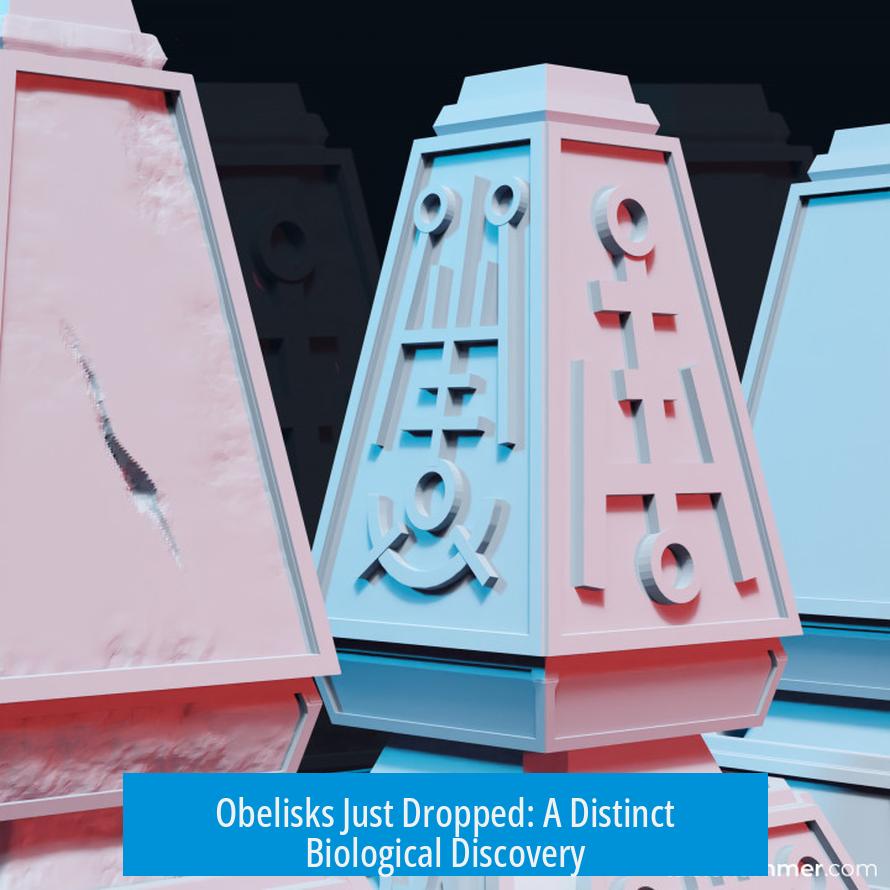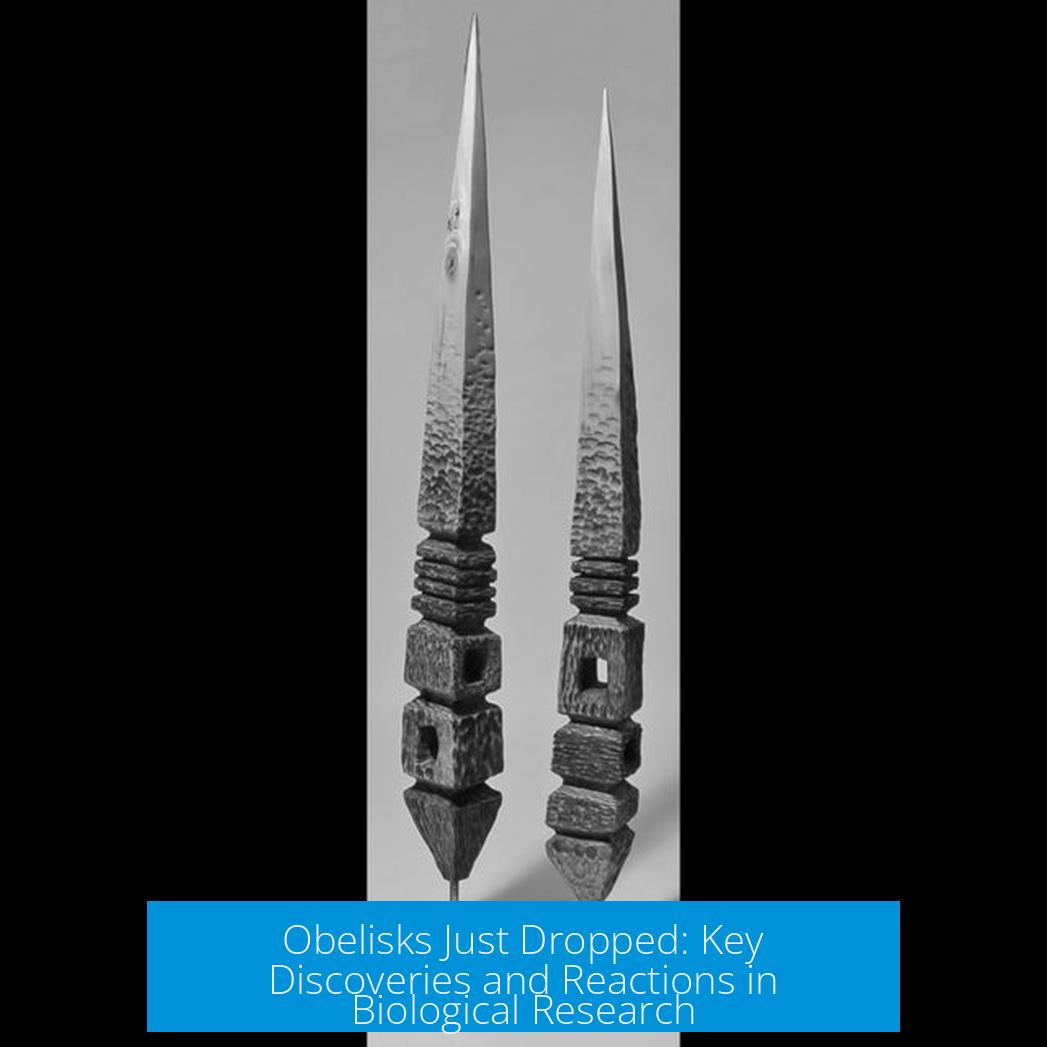Obelisks Just Dropped: A Distinct Biological Discovery

Obelisks form their own distinct phylogenetic group with no detectable sequence or structural similarity to known biological agents. This key finding highlights Obelisks as truly unique among biological entities. Such differentiation from all known organisms or viruses illustrates a novel branch in phylogenetics.
Discovery and Distinction
Researchers identify Obelisks by sequence analysis and structural studies that revealed no resemblance to existing biological groups. This uniqueness suggests Obelisks could represent an entirely new form of life or viral agent. Their clear phylogenetic separation underscores the importance of fresh investigation.
Research Timeline and Current Status
- The initial report on Obelisks has been accessible as a preprint for about six to seven months.
- The scientific community anticipates follow-up studies to validate and expand on the initial findings.
- Preprints indicate the research is evolving, awaiting peer-reviewed confirmation.
Context Within Similar Discoveries
Obelisks are part of a series of recent findings related to HDV-like elements, entities resembling hepatitis delta virus. Such discoveries emerge every few months, indicating a growing knowledge of these unusual biological forms.
Despite repeated identification of HDV-like agents, experts often caution against labeling each as a brand new organism, reflecting complexities in taxonomy and biology.
Scientific and Public Reactions
- Many express excitement about the possibilities Obelisks represent, calling the findings “so cool.”
- At the same time, some voices reflect disappointment or skepticism regarding implications or their novelty.
Key Takeaways
- Obelisks constitute a completely new phylogenetic group with no similarity to known agents.
- The findings remain preliminary, shared as preprints for six to seven months.
- Similar HDV-like discoveries increase regularly, requiring cautious classification.
- Reactions vary from excitement to skepticism in scientific and public domains.
What makes Obelisks unique in biological research?
Obelisks form a distinct phylogenetic group. They show no sequence or structural similarity to known biological agents. This sets them apart from previously identified organisms.
How recent is the research on Obelisks?
The key findings have been in preprint for about six to seven months. The scientific community awaits more updated results. This means research is ongoing but preliminary.
Are Obelisks considered totally new organisms?
Not exactly. Similar HDV-like entities appear every few months. Scientists remain cautious about calling them brand new organisms right away due to classification complexities.
What has the general reaction to the Obelisks discovery been?
Reactions vary. Some find the discovery exciting and cool. Others express disappointment or skepticism, showing mixed feelings in the field.
Why might some researchers be skeptical about Obelisks?
They worry that these findings might not represent completely new organisms. Regular discovery of related entities prompts caution in interpretation and naming conventions.





Leave a Comment